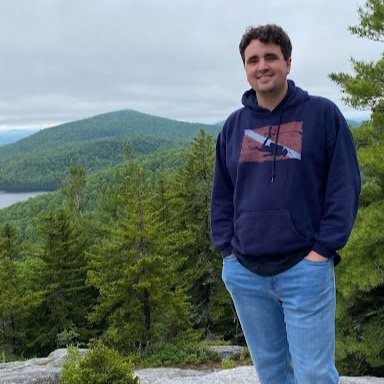For Ties van der Hoeven, the desert isn’t a symbol of emptiness but of hope.
The ancient desert of Sinai. Vyacheslav Argenberg. CC BY-SA 4.0
Climate change has decimated innumerable ecosystems across the planet. From explosively hot temperatures to rampant hurricanes and rising seas, the havoc being wreaked on our planet never seems to end. It’s easy to feel helpless in the face of Mother Nature’s fury, but one man is determined to shift the balance and save what he can.
Ties van der Hoeven, an engineer from Denmark, has dedicated years of his life to planning and carrying out an ambitious scheme to transform a massive stretch of desert into an arable oasis. The Egyptian government hired van der Hoeven in 2016 to help dredge Lake Bardawil. The plan was to lower the lake’s salinity and temperature by allowing for cooler water to flow in from the sea. During this process, van der Hoeven discovered ancient river systems that once ran across the desert, inspiring him to create his “re-greenification” plan.
Sign up for our newsletter here!Van der Hoeven’s focus is on the Sinai Peninsula, a tract of land sandwiched between the Middle East and Africa. Though bordered by rivers and seas, the peninsula’s land is almost entirely dead, reduced over the centuries to a rocky, sandy desert featuring a few small mammals adapted to the extreme temperatures and minimal plant life (save for some scraggly-looking desert scrub). Rainfall is incredibly scarce and usually brings destructive mudslides and landslides.
Beyond simply planting trees, van der Hoeven’s plan intends to restart the Sinai ecosystem from its foundations, starting with microbes. The first step is to haul in sediment from Lake Bardawil and spread it as soil across a large section of the desert. This will accomplish two things. First and foremost, it will provide the desert with arable land that can later be used to plant more salt-tolerant vegetation. Second, and perhaps more importantly, the dredging will reintroduce nutrients locked away underwater into the peninsula’s dormant life cycle.
On land, van der Hoeven and his team plan to install a series of geodesic domes over stretches of this newly dredged soil. The domes will be used to capture evaporation within its self-contained water-based ecosystem, eventually creating a homemade rainstorm from condensation on the ceiling. The dome’s irrigated soil and the plants which it will grow will then be transported to key locations around the desert. Once relocated, the vegetation will summon rainfall through a process known as “evapotranspiration.” Plants naturally produce a certain amount of evaporated liquid, which adds to the condensation in the air. Furthermore, large amounts of trees cause friction with the wind, allowing water molecules the time to find each other and bond into rain-heavy clouds, increasing the likelihood of rainfall.
Sign up for our newsletter here!This plan is ambitious, as well as being almost entirely untested. While the concept of “re-greenification” is not entirely new (filmmaker John Liu documented the resurrection of China’s Loess Plateau in 1995), plans have rarely gone beyond the simple replanting of trees. The sheer scale of the project proposed by van der Hoeven has never been tried before. Owing to this fact, many scientists have voiced their concerns about the plan’s potentially destructive effects on the weather system as a whole.
One of the primary concerns is that the project will inevitably shift to focus on its end goal rather than the process. In other words, van der Hoeven’s team may wind up taking shortcuts. These “shortcuts” could take the form of introducing invasive plant species that are faster growing and may overtake the existing environment. The project’s “re-greenification” predecessor, the Loess Plateau, has shown signs in recent years of approaching vegetation levels that rainwater cannot sustain. Altering the planet’s weather patterns in such a dramatic way could have wildly unpredictable results for the rest of the world.
Although van der Hoeven’s plan sounds like a brilliant idea, there are still questions that need answering before the process can go forward. In an effort to do good, it is possible that his team could cause inadvertent harm to the environment. Nonetheless, his plan is still feasible, and van der Hoeven’s idea may mark the beginning of humanity’s first real movements toward restoring a planet it is very rapidly destroying.
Sign up for our newsletter here!Ryan Livingston
Ryan is a senior at The College of New Jersey, majoring in English and minoring in marketing. Since a young age, Ryan has been passionate about human rights and environmental action and uses his writing to educate wherever he can. He hopes to pursue a career in professional writing and spread his message even further.


